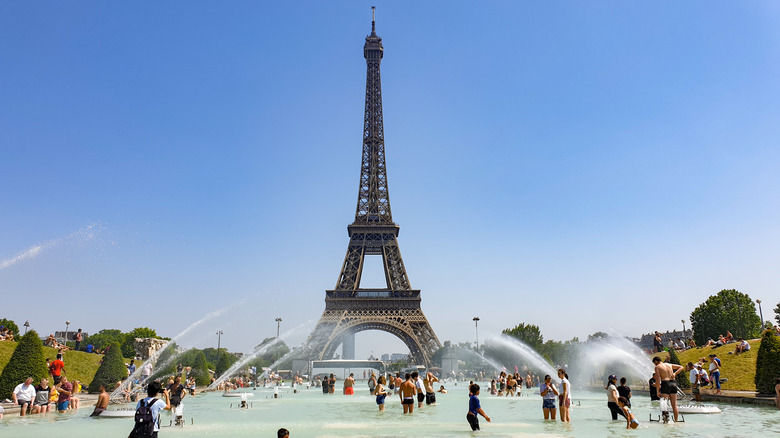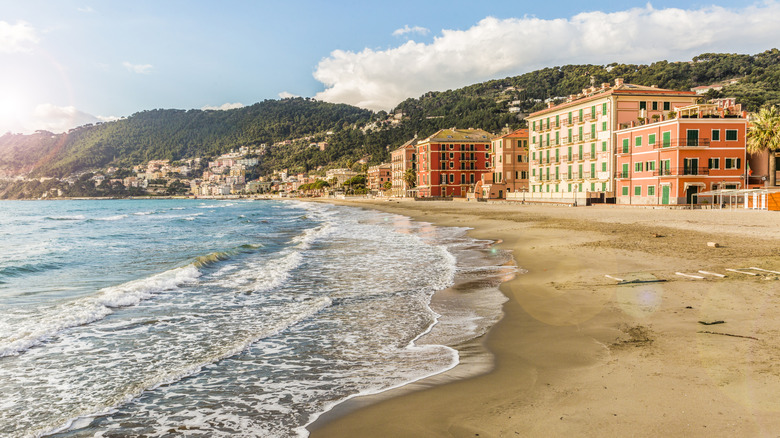Europe's Summer Is Getting Hotter And Forcing Iconic Areas To Shut Down (& What It Means For Your Travel Plans)
We may receive a commission on purchases made from links.
First it was the Eiffel Tower in Paris, where the summit closed due to extreme heat on July 1st. The Atomium in Brussels shuttered early on the same day to protect employees from the blistering sun. Then, just a week later, it was the Acropolis in Athens, where visitor access was barred at midday amid a heat wave with temperatures reaching 104 to 106°F.
They're just a few of the tourist attractions that have been forced to close down during the heat waves that have swept across the continent in summer 2025. And given current trends, scorching European summers may be the new norm. Last month was the hottest June ever recorded in both Spain and England, and according to the EU climate monitor Copernicus, the hottest ever for Western Europe in general. Indeed, on a planet that's steadily heating up, Europe is the world's fastest-warming continent.
What does it all mean for tourists — and the very idea of planning a summer vacation in Europe? While you can't change the weather forecast for next week's trip to Madrid or Lisbon, travelers can be smart and strategic when booking their itineraries and planning their time each day. If you're heading to Spain this summer, here's what to expect in this record-breaking season. Wondering what's the best season to travel to Paris, Venice, London, and more? Find out how to visit these must-see European destinations at the perfect time with Rick Steves' expert tips.
How to handle the heat this summer in Europe
Beating the heat on a European vacation starts before you leave home. Pack light, breathable clothing, sun protection, a hat, sunglasses, and a reusable water bottle to refill during your trip. Bring easy to carry cooling items like a USB-chargeable hand-held fan that also sits stable on a table, as well as high-tech lightweight cooling towels that come with their own clip-on carrying case, and a tiny spray bottle that passes the TSA carry-on limit so you can mist yourself.
Book flights and accommodations well in advance, if possible, and read the fine print on in-room amenities: Many European hotels and vacation rentals do not have air conditioning, and at the very least, you'll want a ceiling fan for air circulation. Another item to add to your pre-travel to-do list is purchasing timed entry tickets for key attractions. The Acropolis, for example, is best visited first thing in the morning before temperatures start to rise, and you can secure your spot ahead of time by booking online.
Once you're on the road, do as the locals do in many warm climates and plan to rest somewhere cool during the hottest part of the day. Front-load your day with morning sightseeing, then break for lunch — and perhaps a siesta — before heading back out in the evening when temperatures are cooler. Take advantage of pools and beaches for a quick refresh, and take breaks in parks with shade. Air-conditioned museums and shopping centers are a safe bet on a hot afternoon, cathedrals are always quiet and cool, and subterranean sites like the Paris Catacombs are a good place to escape the midday sun. If you're looking to hit the beach this summer, check out these warm-weather European islands ideal for a budget-friendly vacation.

